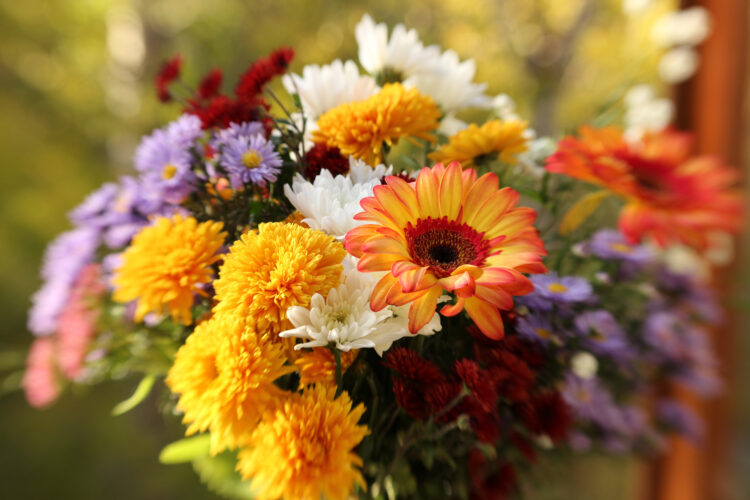Flowers Have Differences
There are over 300,000 different kinds of flowers! Different species of flowers have differences. They all also have some similarities. This comparative anatomy lab will provide insights into the structural similarities, differences, and adaptations of various cut flowers. It will allow students to explore the diverse strategies that flowers have developed to survive and reproduce in different environments.
From: 9 Fun Science Activities. Click here to find links to the other 8 activities!
Materials for Flowers Have Differences
- Different types of fresh cut flowers (e.g., roses, sunflowers, lilies, daisies)
- Scalpel or sharp knife
- Magnifying glasses or microscope
- White paper or dissection trays
- Tweezers or forceps
- Gloves (optional)
- Notebook and pen for recording observations
Procedure for Flowers Have Differences
- Select several different types of fresh cut flowers for comparison. Choose flowers with distinct shapes, sizes, and colors.
- Set up a workspace with white paper or dissection trays to provide a clear background for observations.
- Put on gloves (if desired) to handle the flowers and prevent any potential allergies or sensitivities.
- Examine each flower carefully, noting its overall shape, size, color, and any distinguishing features.
- Gently remove one petal from each flower and place it on the white paper or dissection tray.
- Using a scalpel or sharp knife, make a longitudinal or transverse incision on the stem of each flower.
- Carefully observe the internal structures of the stems, such as xylem and phloem tissues, and note any differences in color, texture, or arrangement.
- Examine the petals under magnifying glasses or microscopes to observe the presence of veins, pigments, trichomes, or other structures.
- Compare the structures of the flowers, both externally and internally, and record your observations in a notebook.
- Analyze the similarities and differences in anatomical structures among the different flowers.
- Discuss the possible adaptations of each flower’s anatomy to its environment, pollination mechanisms, or other ecological factors.
Check out more articles through the Ask Blair Page on this website. This article was submitted in April 2023 and was not published in the July issue of the SEA Homeschoolers Magazine.
Do you have a question for the fan-favorite column “Ask Blair” found in The SEA Homeschoolers Magazine? Please use this form to submit your homeschooling questions. The SEA team will select a few questions to be answered by SEA Homeschoolers Founder & Magazine Editor, Blair Lee, in each quarterly issue. Due to space, not all questions will be published in the magazine. Those that come in shortly after a magazine issue has been published will go on this page. These are important questions and we want to answer them for you in a timely way. Please be sure to include all pertinent information relevant to your question – examples: learner ages, grade levels, preferred resource format, topics of interest, preferred homeschool methodologies, state requirements you’re trying to meet, learning challenges, etc.
Submit your homeschooling question through this link.

